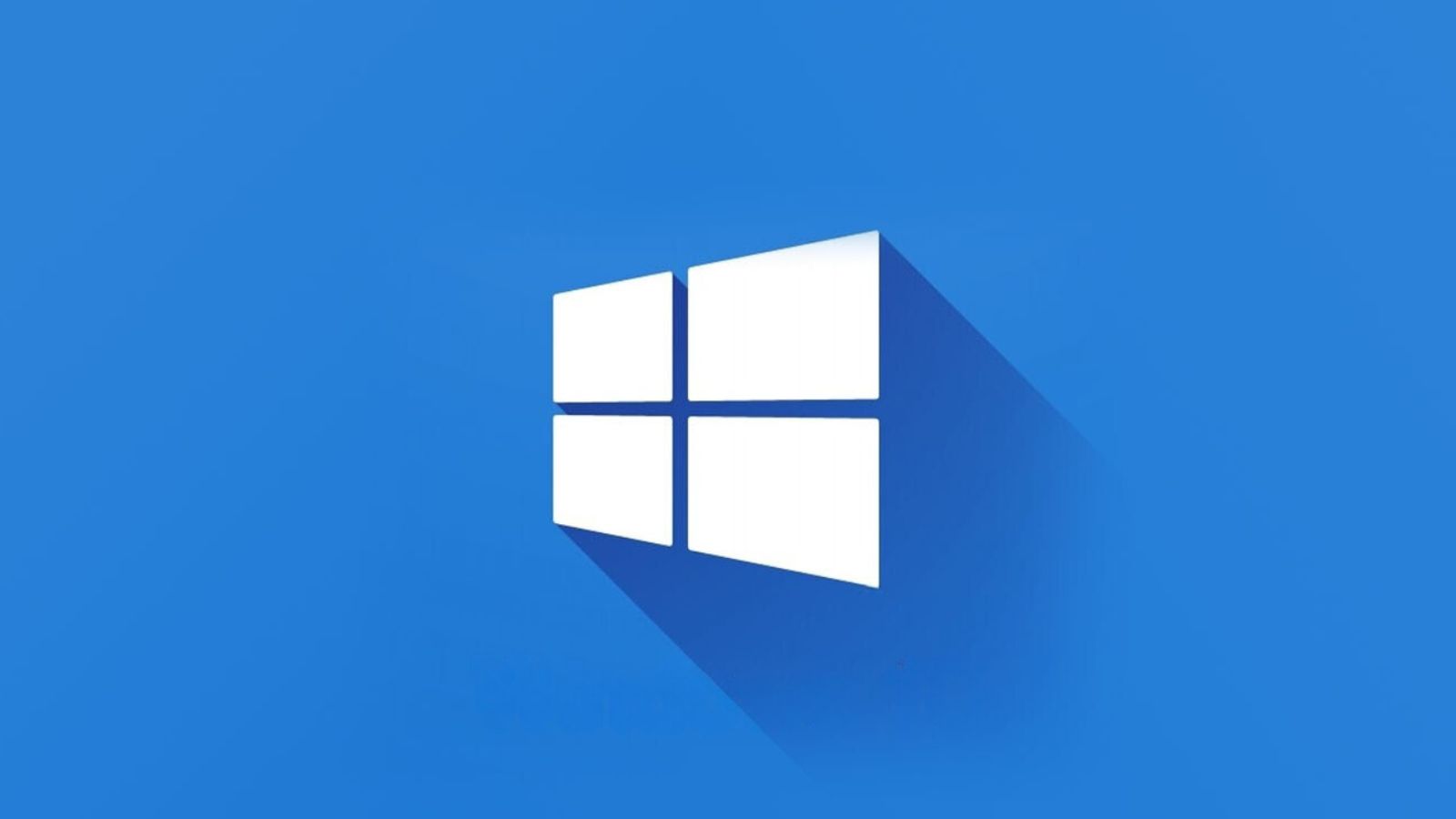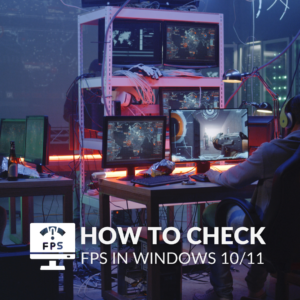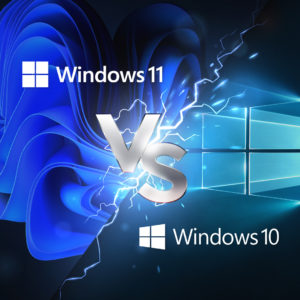If you are looking to boost your PC’s performance and get the most out of Windows 10, or perhaps your PC isn’t compatible with the latest Windows 11 upgrade – then look no further!
Overclockers UK has decided to compile this handy guide on our top ten favourite tweaks for Windows 10. All of which are noted for boosting performance.
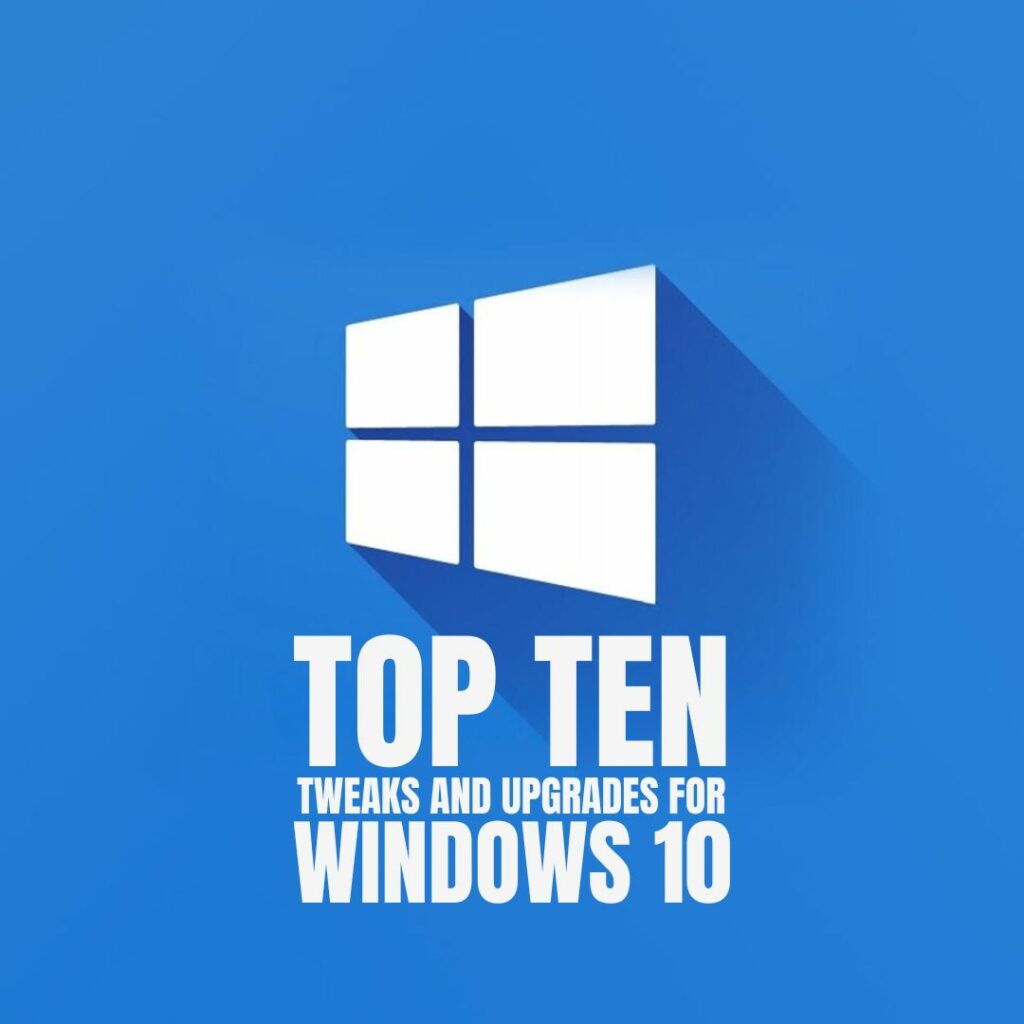
Restart PC
A simple, and yet often missed quick trick is to begin by restarting your PC.
By shutting down or restarting your system, all current applications that are running will be closed, and all data stored will be cleared. This will notably fix the common performance issues caused by Windows being left running for too long.
Remove Unnecessary Software
You might not realise it, but your PC has most likely got some unnecessary software, or bloatware, installed.
To remove these apps, you will need to go into settings –> apps & features.
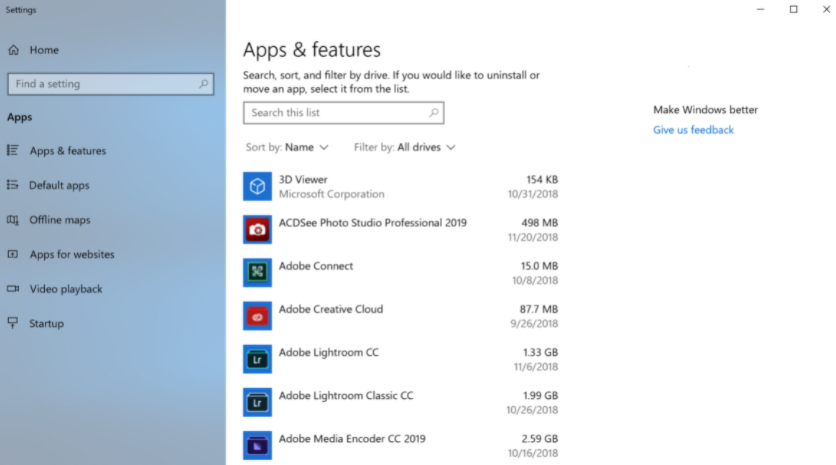
Limit Background Apps:
Similar to unnecessary software, a lot of programs will automatically run at start up, which can notably affect boot times. The majority of these apps you don’t need to run all the time and you can pick and choose what you want to open on start up through Task Manager.
To open Task Manager, press Ctrl-Shift-Esc and then select the start-up tab.
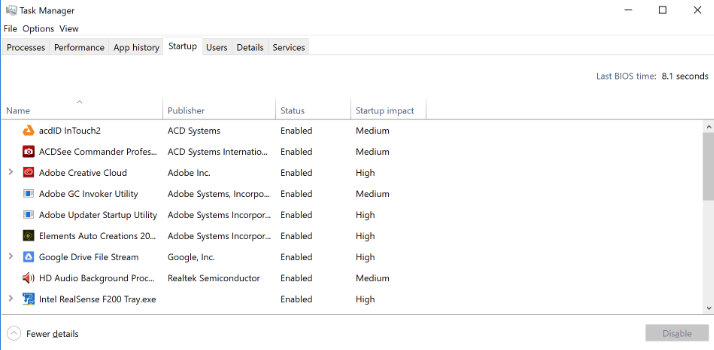
You should see a list of programs, similar to above, which shows all the apps that open automatically when you load into Windows. The ‘status’ column shows whether it is enabled or not.
In order to disable it, you will need to right-click on your desired app and change the status.
Malware Scans:
Unfortunately, malware and viruses can have an impact on your PC’s performance. To check if your PC is infected, you can use third party antivirus software or Windows Defender, to scan your PC.
Disk Clean Up:
Completing a disk clean up finds any unnecessary files, downloads or offline web pages that are taking up space on your PC’s drivers.
Power Mode – Best Performance:
A useful tip to boost your PC’s speed is to change your power mode to best performance.
To do this, go into Settings -> Power & Sleep -> Additional Power Settings. Then select the dropdown arrow and choose Best Performance.
Add more RAM:
Whilst compared to earlier generations of OS, Windows 10 does manage memory notably more efficiently. Investing in more RAM is always a useful way to boost PC performance.
In the mood to upgrade?
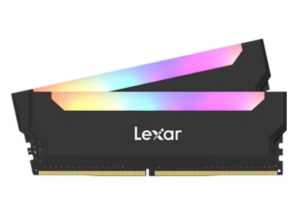
Lexar Hades RGB 16GB (2x8GB) DDR4 RAM Kit:
- 16GB (2x8GB)
- DDR4
- 3600MHz
- Dual/Quad-channel configuration
- Integrated RGB lighting
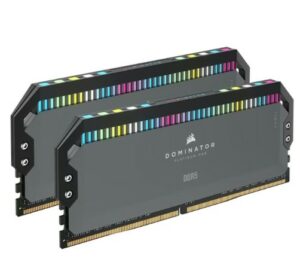
Corsair Dominator Platinum RGB 32GB (2x16GB) DDR5 RAM Kit:
- 32GB (2x16GB)
- DDR5
- 5600MHz
- Dual-channel configuration
Update Device Drivers:
Downloading and installing the latest drivers available can result in a notable improvement to your PC’s speed.
You will need to download the most recent drivers from the device manufacturer’s website. After which, go into Start –> Search for Device Manager –> Select the correct device –> Right-click and update driver.
Next, select Browse my computer for driver software –> Select the folder where the driver installation files are –> click OK –> click NEXT –> click CLOSE.
After you complete all these steps, the updated version of the driver will be installed.
Install the Latest Updates:
Even with the recent release of Windows 11, Microsoft is continuing to update Windows 10 with some helpful fixes and new features.
Installing the latest update might not see a notable boost in your PC’s performance, but maintaining and updating your OS can affect boot and load times.
To check for updates, go into Settings -> Update & Security -> Windows Update –> Check for updates.
Add an SSD:
Whilst traditional HDDs are mechanical, SSDs utilise integrated memory chips to access your data a lot quicker and use less energy.
To boost your PC’s performance and your boot times, investing in an SSD and running your OS from it will greatly reduce any lag or long loading screens.
Want to upgrade?
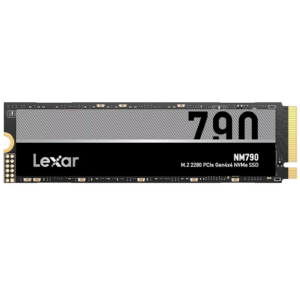
Lexar NM790 2TB NVMe PCIe 4.0 M.2 SSD:
- 2TB
- Read 7400MB/s
- Write 6500MB/s
- PCIe 4.0
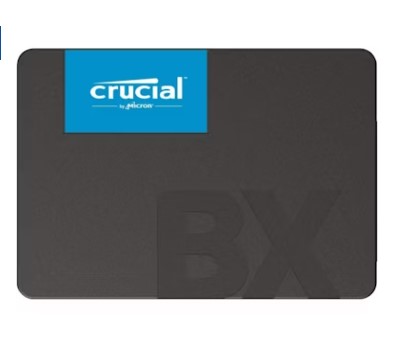
Crucial BX500 2TB 2.5” SATA SSD:
- 2TB
- Read 540MB/s
- Write 500MB/s
- 2.5” SATA SSD
Want to Learn More about Windows 10?
What Performance Tweaks Have You Made to Windows 10?
Did we miss any tweaks or upgrades that you might have made to Windows 10? Share them with us in the comments.
